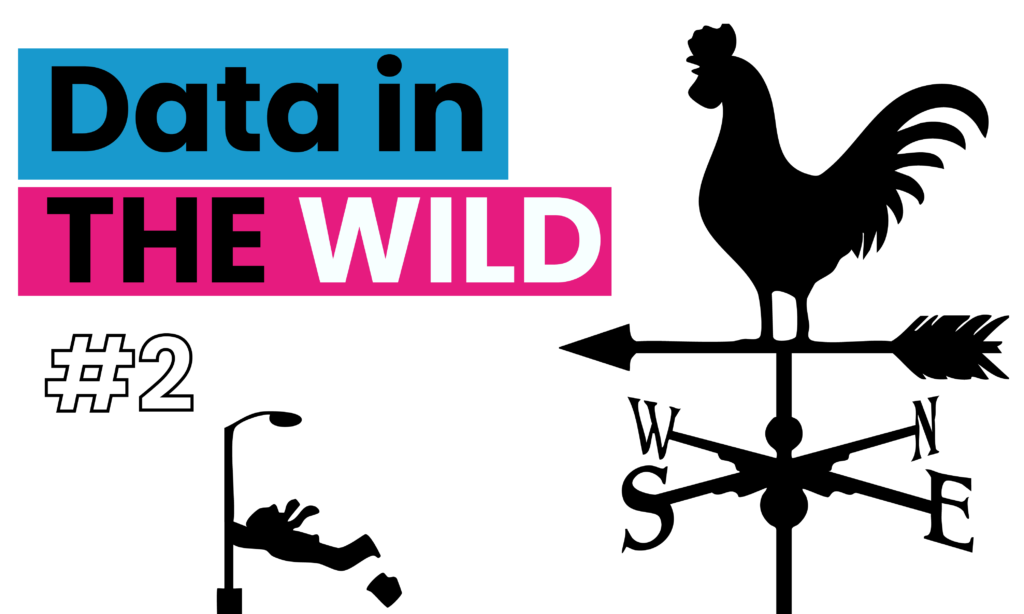2000 Years of Tracking Wind Patterns
Cock-A-Doodle-Data
I’ve recently been watching old-school Westerns, with rolling tumbleweeds, dusty roads, and a lone cowboy riding off into the sunset. It’s a fun time, but something I noticed in every picture was a metal rooster with an arrow a.k.a a wind vane, perched on top of a barn, silently spinning as it tracks the direction of the wind. It turns out that those little metal roosters aren’t just for decoration. They’re an ancient, reliable form of data visualization, one that has been guiding decisions for over 2,000 years.
Data in the Wild
Welcome back to Data in the Wild, the series where we highlight everyday examples of data viz in action. As always It’s a pleasure to be writing on this platform to speak to a like-minded audience who’s answer to the question, how long is a piece of string? It depends on if you agree that axis should or should not represent 0?
This time, we’re looking at wind vanes one of the earliest tools used to track and visualize data long before we had sensors and digital infrastructure.
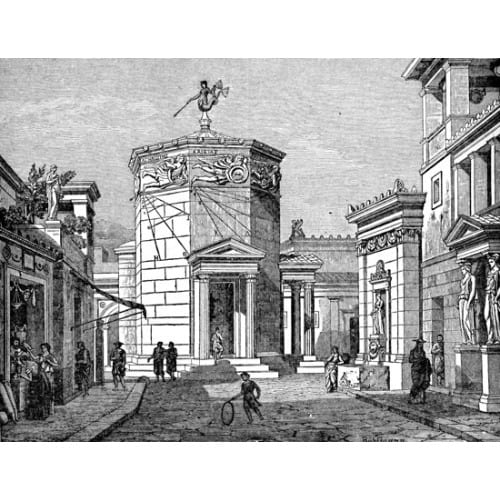
When in Greece
Wind vanes, also called weather vanes, have been around since 48 BC, first appearing in Athens atop the Tower of the Winds. Their job? Simple: show the direction the wind is blowing. But why does that matter? Well, for one, wind patterns can help predict weather changes. Farmers, especially those in the old days without access to satellites or weather apps relied on wind vanes to track shifts in the wind and anticipate storms that could make or break their crops. It’s no wonder they became a staple on barns and farms across the world.
Measuring Wind Today
Fast forward to today, and wind vanes are still very much in use—just in different (and fancier) ways. In the aviation industry, modern wind vanes work alongside windsocks at airports to guide pilots during takeoff and landing. The shipping industry also uses them to help sailors navigate efficiently. Even in urban planning and environmental science, wind vanes play a crucial role in managing air pollution by tracking where pollutants are being carried, allowing for smarter policies and responses.
If you think about it, wind vanes are one of the simplest and purest forms of data visualization. They take real-time information (wind direction) and provide an immediate, intuitive visual output (which way the vane is pointing). No graphs, no charts, no complex models just a straightforward display that has guided decision-making for millennia.
But their influence doesn’t stop there. The principles behind wind vanes have informed modern data visualization practices. Think about the arrows on a weather map showing wind flow. It all ties back to the basic idea of making invisible forces visible, something wind vanes have been doing effortlessly since ancient times.
So, the next time you see one of those iconic rooster-shaped vanes on a barn or a modern high-tech equivalent at an airport, take a moment to appreciate it as an early piece of functional data viz. A simple tool with a powerful impact, quietly shaping how we interact with the world around us.
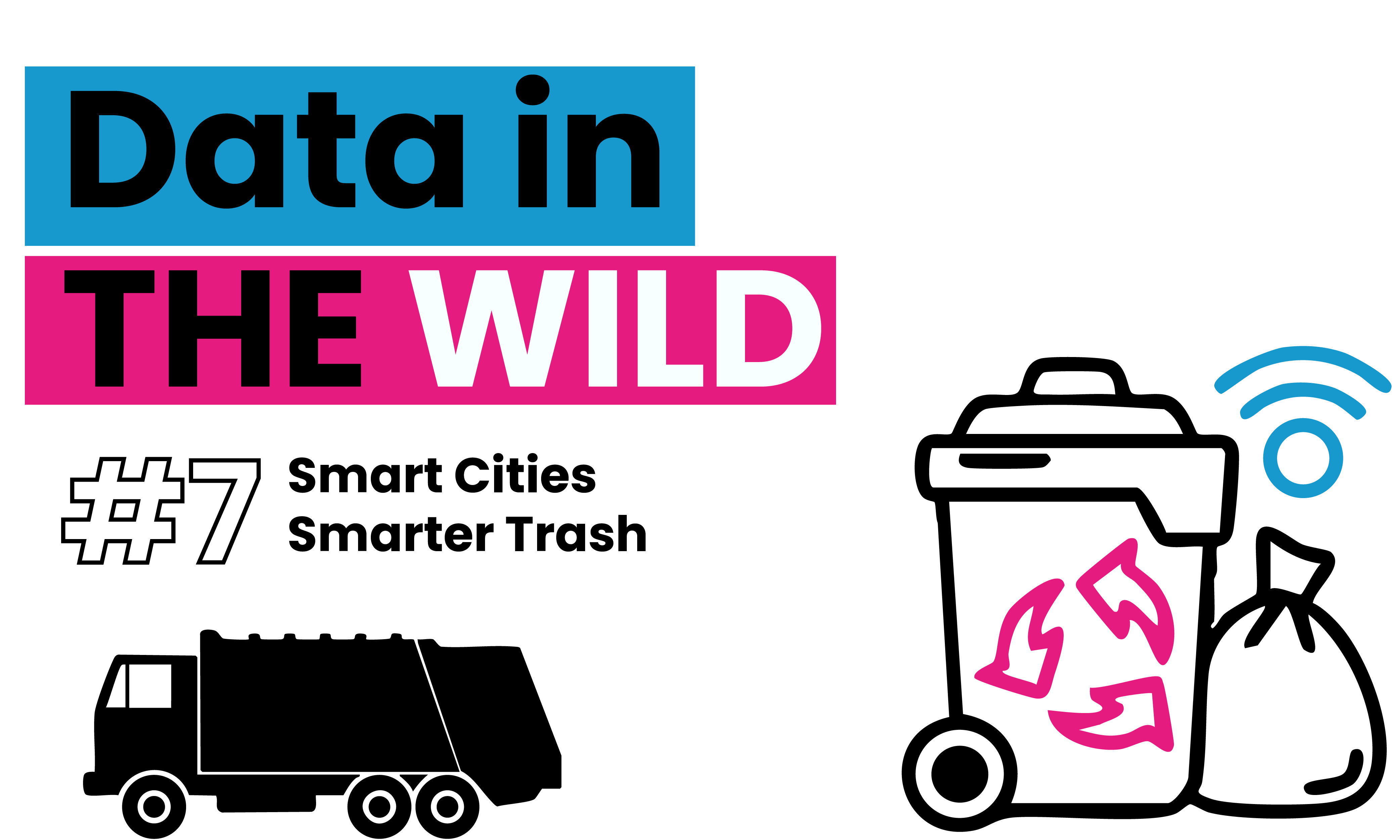
Data in the Wild #7: Smart Cities, Smarter Trash
In this edition of Data in the Wild, we’re looking at smart waste bins trash cans that don’t just sit there but use IoT sensors to track waste levels, optimize collection routes, and cut CO₂ emissions. Your trash is now data, shaping smarter cities one bin at a time.
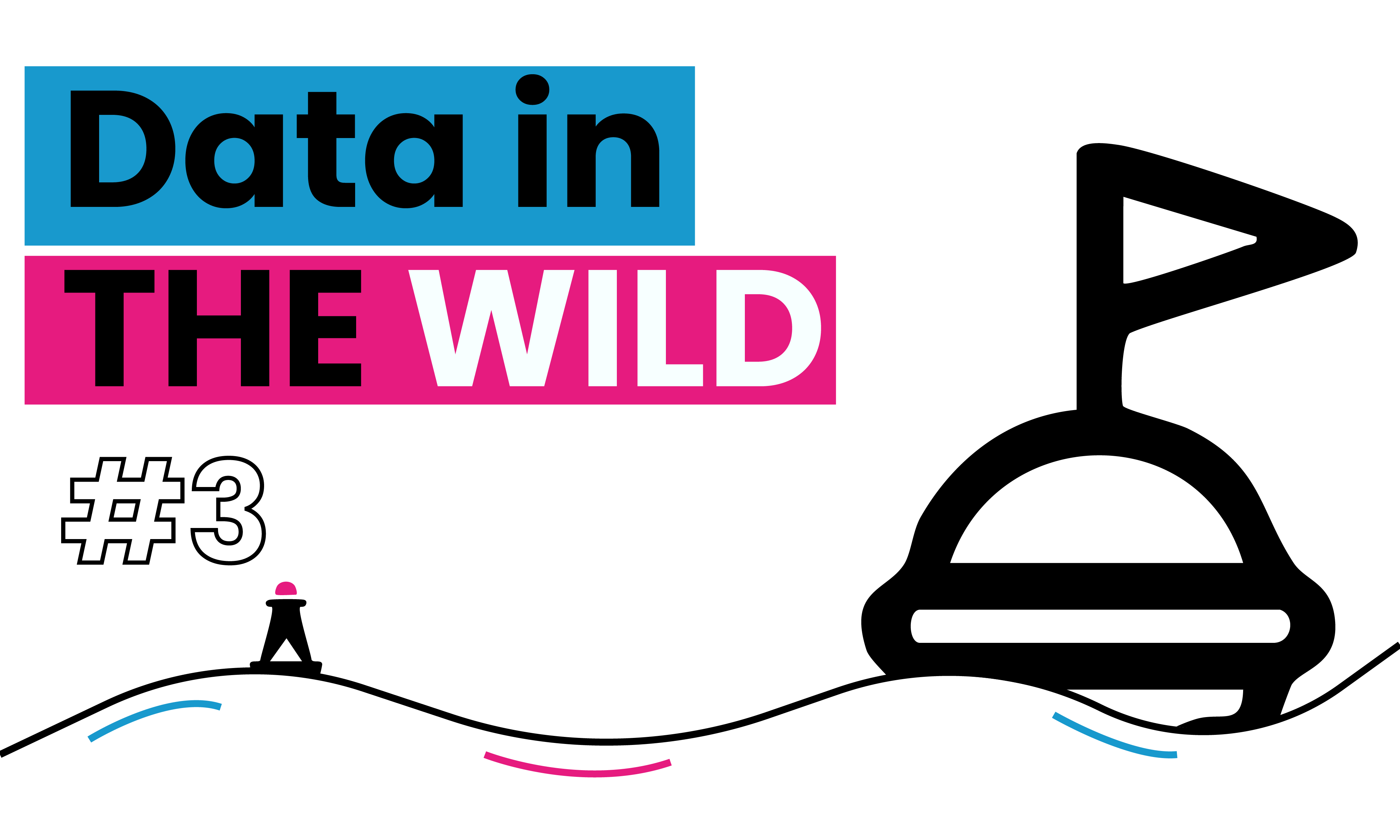
Data in the Wild #3
For the past few days, I’ve been out at sea, on a bit of a data investigation, which I hope to share with you all soon! This journey has taken me from Bergen to the Arctic Circle and back, and along the way, I’ve noticed something intriguing.
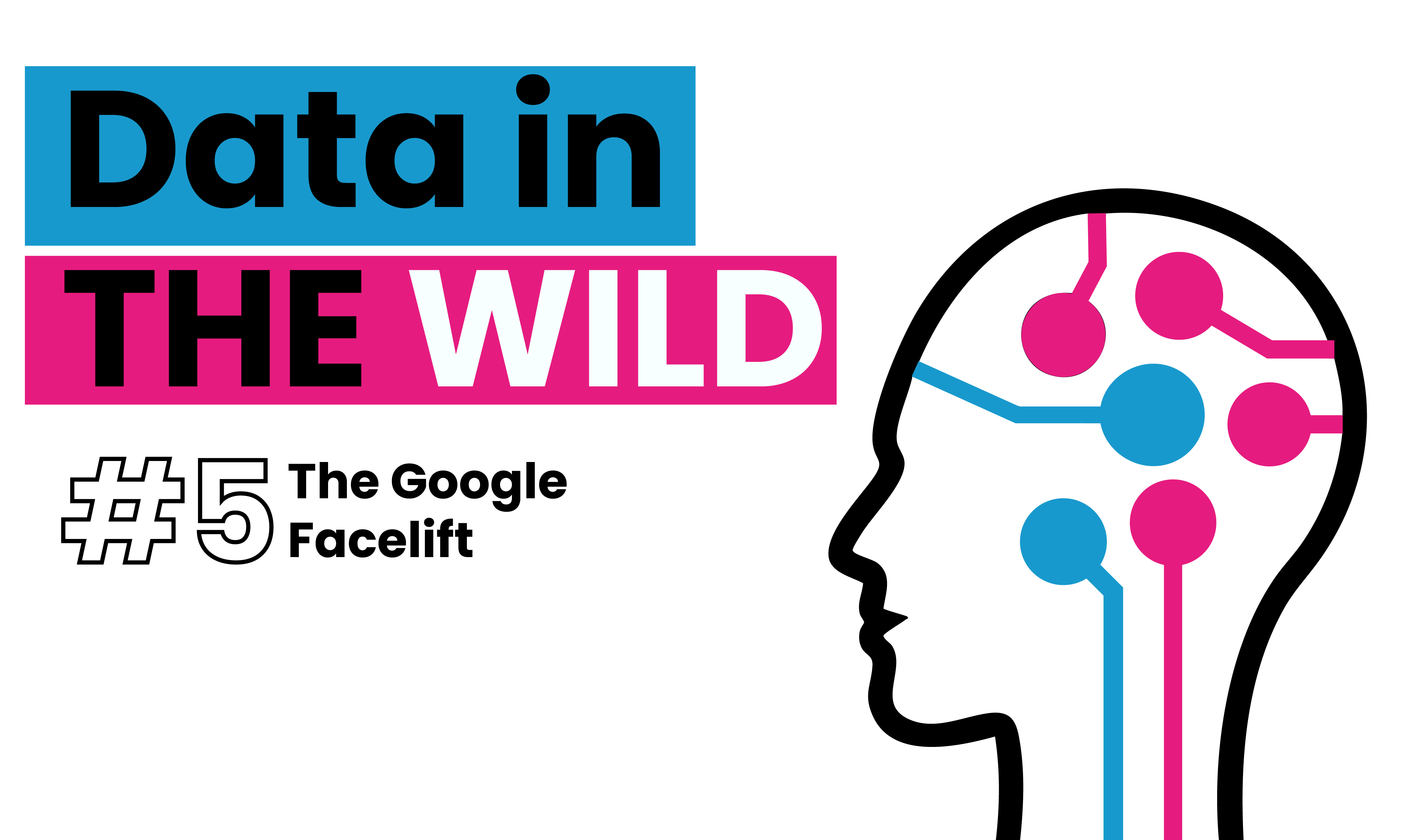
Data in the Wild #5: The Google Face Lift
Welcome back to Data in the Wild, the series where we highlight everyday examples of data visualisation in action. Today, we’re diving into Google’s “Touch up my appearance” filter.

